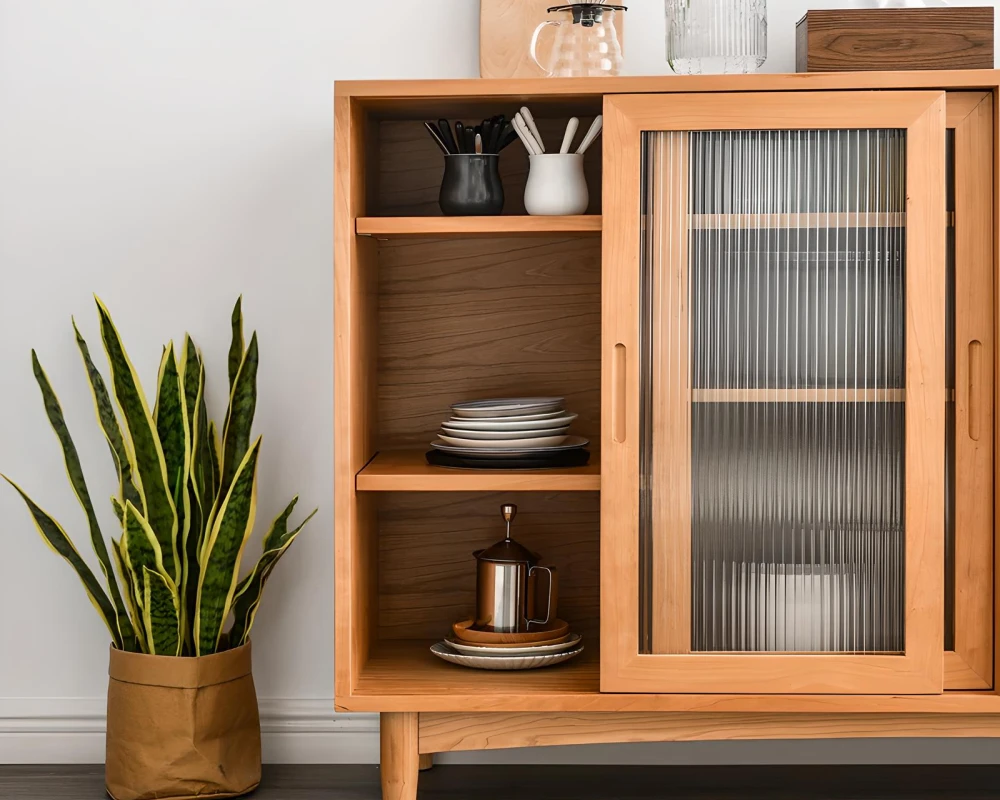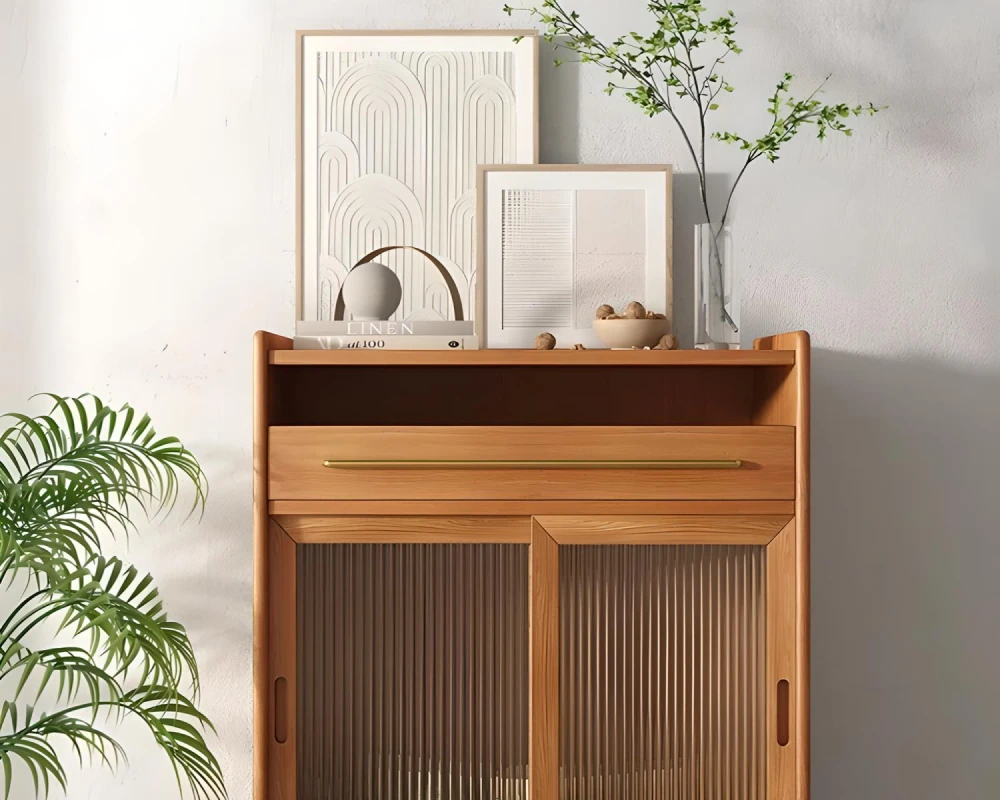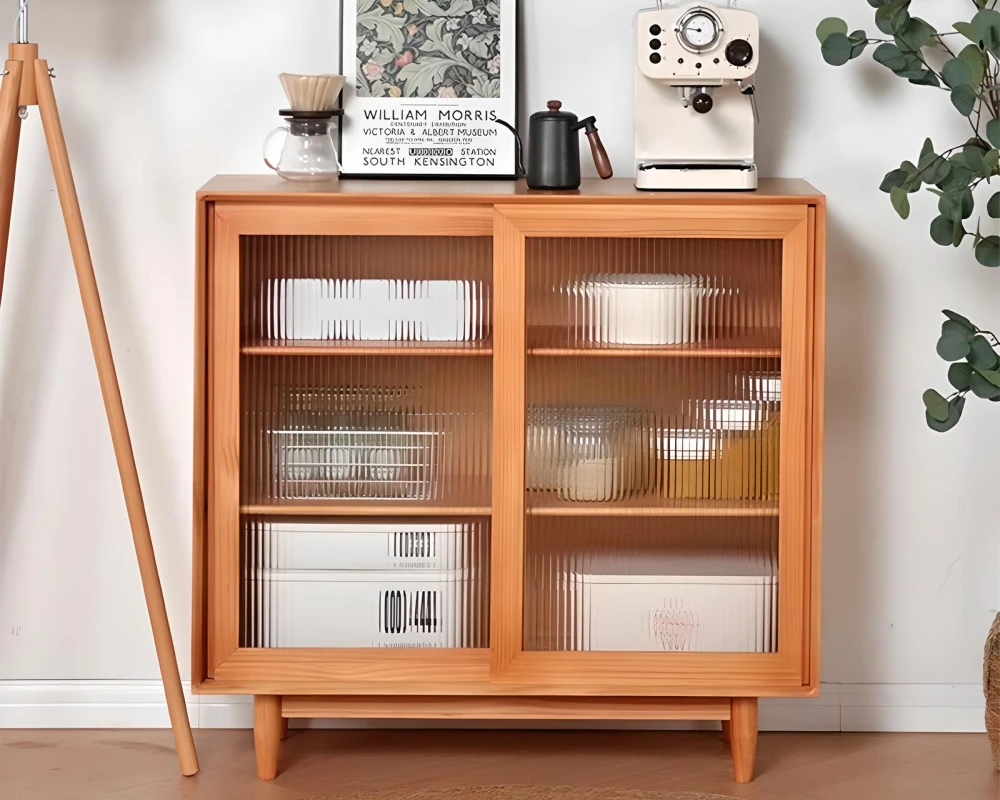Distinguishing Elegance: What's the Real Deal with Sideboards & Buffets?

If you’ve ever wondered “what is the difference between a sideboard and a buffet?”, then this article will shed light on these distinct pieces of furniture. Both play an important role in enhancing decor while providing functional storage solutions. However, understanding their differences can help you make informed decisions when choosing one for your space.
Fundamental Differences: A Closer Examination

The first step to understanding what sets these items apart lies in their historical origins. The term ‘sideboard’ was coined during medieval times as it was typically placed against a dining room wall or ‘side’. On the other hand, ‘buffet’ originates from France where it served as multi-tiered serving stations.
Modern Minimalist Sideboards: Redefining Spaces
A modern minimalist sideboard like those available at PalletJackPlus offers sleek designs that effortlessly blend into any setting. With its clean lines and uncomplicated form, it serves as both an elegant decorative element and practical storage solution.
Buffets: Adding Grandeur to Dining Areas

Buffets often stand taller than sideboards due to their original purpose of displaying food at different heights for easy access. This feature has evolved over time into additional storage spaces such as cabinets or drawers beneath the countertop surface.
When considering what is the difference between a sideboard and a buffet, functionality plays an important role. Sideboards are versatile pieces that can be used in various rooms for different purposes like storing linens or displaying artifacts. In contrast, buffets are primarily found in dining spaces where they serve as additional serving surfaces during meals.
Choosing Between Sideboards and Buffets: Factors to Consider
The decision between these two largely depends on your specific needs and space constraints. If you’re seeking something adaptable that can fit into any room, a modern minimalist sideboard could be your best bet. However, if you need extra storage or display areas specifically for your dining room, then opting for a buffet would make more sense.
What is the Difference Between a Sideboard and a Buffet? Making the Most of Your Choice
To truly benefit from either piece of furniture, consider their placement carefully. Ensure there’s enough space around them to access stored items easily without obstructing pathways.
With their simplistic design yet strong functionality, modern minimalist sideboards have become increasingly popular among homeowners looking to add style with purpose to their living spaces.
If you’ve been pondering over ‘what is the difference between a sideboard and a buffet?’, we hope this article has provided clarity. Remember that whichever option you choose should not only meet your functional requirements but also complement your home’s aesthetic. Happy decorating!
Understanding the Sideboards vs Buffets: Material and Construction
In terms of material and construction, sideboards often feature a flat surface with cabinets or drawers below. They are typically made from wood or metal, lending them a sturdy and durable quality. On the other hand, buffets may also include hutch-style designs with additional shelving above the flat surface.
Modern minimalist sideboards offer an attractive blend of style and function that suits various decor styles. Their streamlined design can seamlessly integrate into your space without overpowering it, while their ample storage options help keep clutter at bay.
Furniture Terminology: Buffet or Sideboard?
The terminology can sometimes be confusing when shopping for furniture pieces like these. The main thing to remember is that both items provide excellent storage solutions but differ in their primary locations – sideboards for living rooms or bedrooms, buffets for dining areas.
To maximize your use of either piece, consider what you’ll primarily be storing in them. If you’re using a buffet in your dining area, it would make sense to store table linens, cutlery sets, plates etc., whereas if you have chosen a modern minimalist sideboard for your living room; books, vases or photo frames might find place there.
What is the Difference Between a Sideboard and a Buffet? Making Informed Choices
Now that you have a clearer understanding of what is the difference between a sideboard and a buffet, making an informed choice should be easier. Always remember to consider your space, functionality requirements, and personal style when selecting these pieces.
Modern Minimalist Sideboards: A Lasting Impression

A modern minimalist sideboard can indeed leave a lasting impression on any visitor with its sleek design coupled with practical utility. It’s not just about buying furniture; it’s more about adding value to your living space.
- Differentiating Between Buffets and Sideboards: Key Features
- Choosing the Right Furniture Piece: Buffet or Sideboard?
- The Role of Modern Minimalist Sideboards in Contemporary Decor
- Furniture Terminology Simplified: Decoding Buffet vs Sideboard
- Tips for Maximizing Your Use of Buffets and Sideboards



















Leave a comment